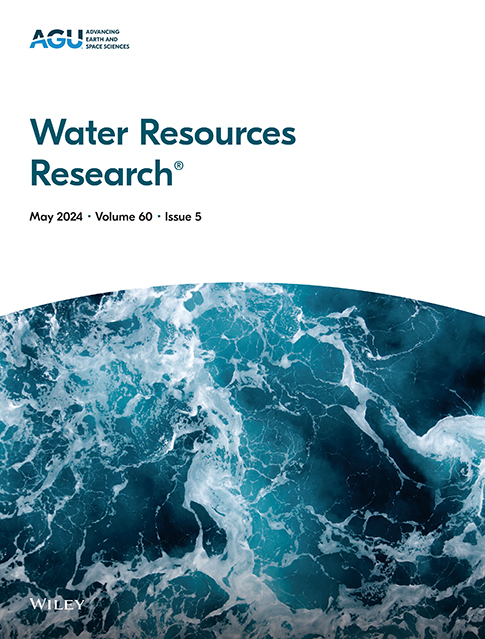Determining the Relative Contributions of Runoff, Coastal, and Compound Processes to Flood Exposure Across the Carolinas During Hurricane Florence
IF 4.6
1区 地球科学
Q2 ENVIRONMENTAL SCIENCES
引用次数: 0
Abstract
Estimates of flood inundation generated by runoff and coastal flood processes during tropical cyclones (TCs) are needed to better understand how exposure varies inland and at the coast. While reduced-complexity flood models have been previously shown to efficiently simulate TC flood processes across large regions, a lack of detailed validation studies of these models, which are being applied globally, has led to uncertainty about the quality of the predictions of inundation depth and extent and how this translates to exposure. In this study, we complete a comprehensive validation of a hydrodynamic model (SFINCS) for simulating pluvial, fluvial, and coastal flooding. We hindcast Hurricane Florence (2018) flooding in North and South Carolina, USA using high-resolution meteorologic data and coastal water level output from an ocean recirculation model (ADCIRC). Modeled water levels are compared to traditional validation datasets (e.g., water level gages, high water marks) as well as property-level records of insured flood damage to draw conclusions about the model's performance. SFINCS shows skill in simulating runoff and coastal processes of TC flooding (peak error of 0.11 m with an RMSE of 0.92 m) at large scales with minimal computational requirements and limited calibration. We use the validated model to attribute flood extent and building exposure to flood processes (e.g., runoff, coastal, compound) during Hurricane Florence. The results highlight the critical role runoff processes have in TC flood exposure and support the need for broader implementation of models capable of realistically representing the compound effects resulting from coastal and runoff processes.求助全文
约1分钟内获得全文
求助全文
来源期刊

Water Resources Research
环境科学-湖沼学
CiteScore
8.80
自引率
13.00%
发文量
599
审稿时长
3.5 months
期刊介绍:
Water Resources Research (WRR) is an interdisciplinary journal that focuses on hydrology and water resources. It publishes original research in the natural and social sciences of water. It emphasizes the role of water in the Earth system, including physical, chemical, biological, and ecological processes in water resources research and management, including social, policy, and public health implications. It encompasses observational, experimental, theoretical, analytical, numerical, and data-driven approaches that advance the science of water and its management. Submissions are evaluated for their novelty, accuracy, significance, and broader implications of the findings.
 求助内容:
求助内容: 应助结果提醒方式:
应助结果提醒方式:


